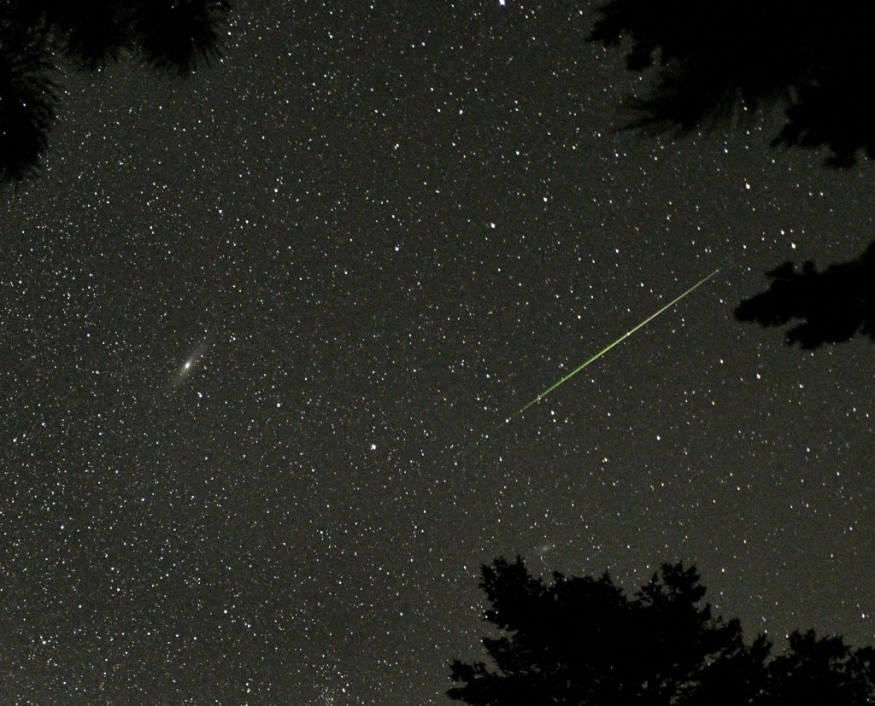On a Sunday morning, a significant population of Colorado residents reported witnessing a radiant illumination in the sky. Multiple individuals shared video footage from their home security cameras and weather stations, depicting a vivid light streaking across the sky around 3:33 a.m.
Presently, there are over 80 fireballs in pending state by the American Meteor Society (AMS). These yet-to-be-processed accounts range from Wyoming to New Mexico, with a notable number originating from Colorado.

Videos Capture Unprecedented Bright Light
The bright light streak that illuminated Colorado's skies early Sunday morning was captured by doorbell cameras and security systems. The phenomenon garnered attention across the state and a few other locations in the US, documented by the American Meteor Society. Edward Hurrell, a weather enthusiast, shared footage of the fiery meteor around 3:30 a.m. in Broomfield, just north of Denver.
Videos circulating online depict the meteor's dazzling flash followed by fragmentation into smaller pieces before disappearing from view. According to NASA, fireballs and "bolides" are particularly bright meteors visible over expansive areas. Typically, objects causing fireballs aren't large enough to remain intact while passing through Earth's atmosphere.
Bright Light Streak Might Be From Perseid Meteor Shower
Meteors, also referred to as shooting stars, arise from the entry of meteoroids or small asteroids into Earth's atmosphere. Meteoroids less than a meter in size are categorized as such. Upon atmospheric entry, these objects generate visible displays, with many disintegrating and creating bright fireballs. If any remnants survive and land on Earth, they are termed meteorites.
Typically, most meteors disintegrate explosively upon entering the atmosphere. In the recent event, which likely connected to the Perseids meteor shower, a bright light streak was observed. The Perseids is an annual meteor shower known for its heightened visibility during the summer months, with larger meteors often prevalent in August.
Margaret Landis, a research scientist from the University of Colorado, emphasized the remarkable aspect of the recent fireball event due to its extensive observation by numerous individuals. Unlike the typically small shooting stars found in regular meteor showers, fireballs can reach diameters of three feet or more, far larger than the size of a grain of sand or even a pebble.
Landis, who specializes in studying meteor impact craters, explained that the fireball's size could have potentially allowed it to reach the ground, though she didn't foresee any substantial remains that might warrant a search effort.
While there's a possibility that the fireball originated from the comet 109P/Swift-Tuttle, the cause of the Perseid meteor shower, Landis noted that other celestial bodies like asteroids, moons, or planets could have also been responsible.
Tracking a meteor's origin usually requires recovering a fragment that lands on Earth, although velocity analysis can provide valuable clues. This data would allow scientists to deduce the angle at which the meteor entered the atmosphere and subsequently trace its path back to its source. However, this approach is not always undertaken and Landis was unsure if it would be applied in the case of the recent fireball.
RELATED ARTICLE: Perseids Meteor Shower 2023 Has Started; Here's When and Where You Can Watch It
Check out more news and information on Space in Science Times.
© 2026 ScienceTimes.com All rights reserved. Do not reproduce without permission. The window to the world of Science Times.












